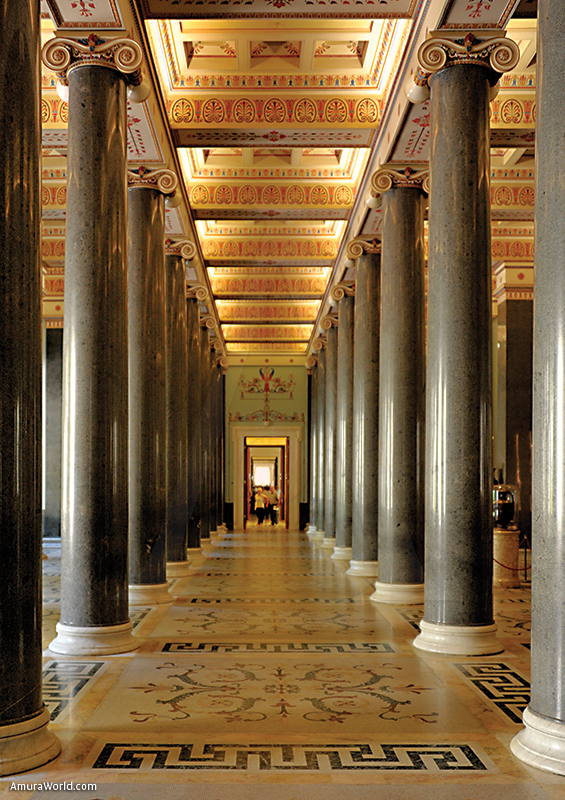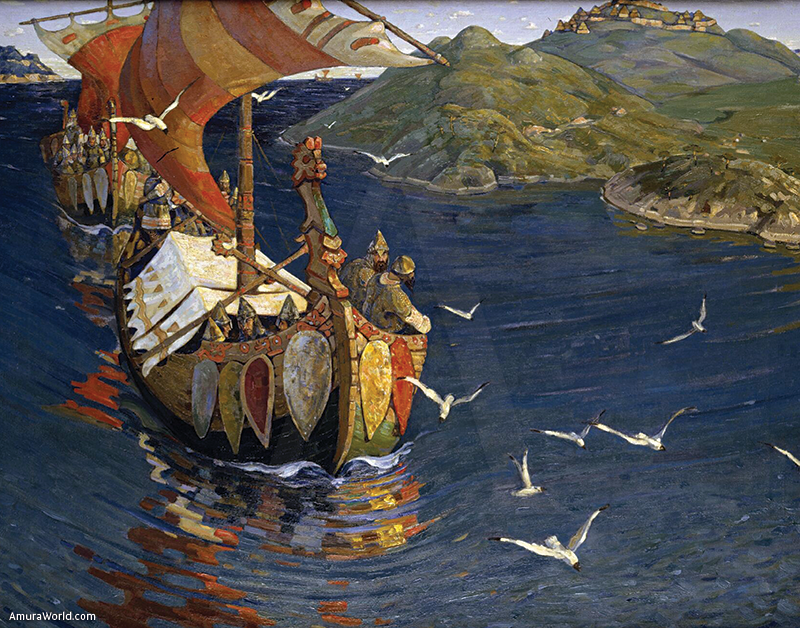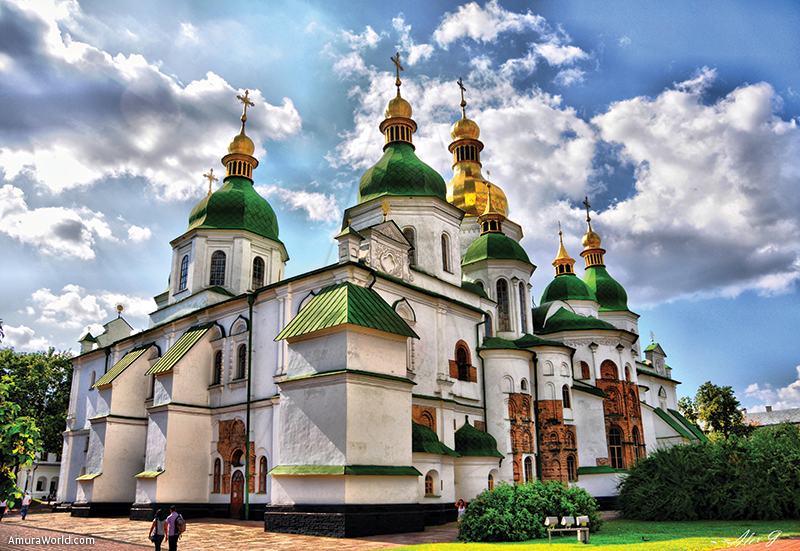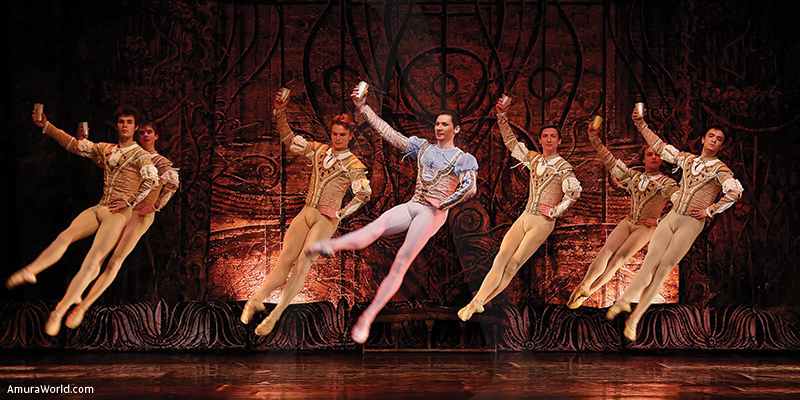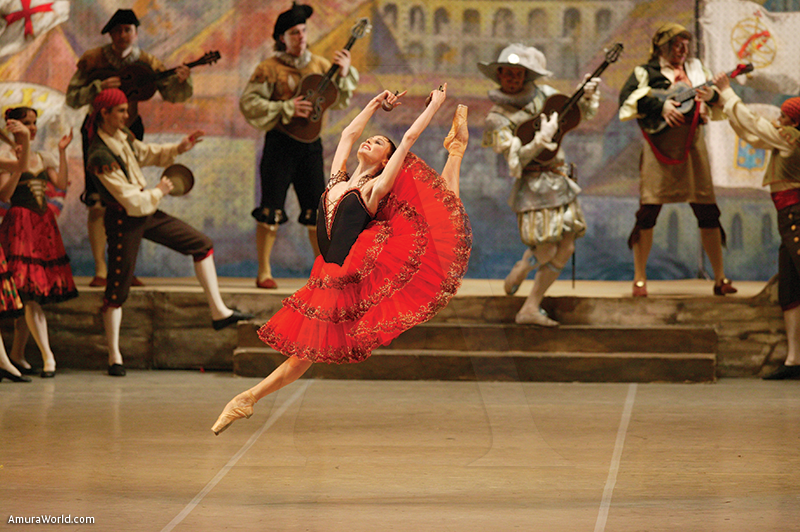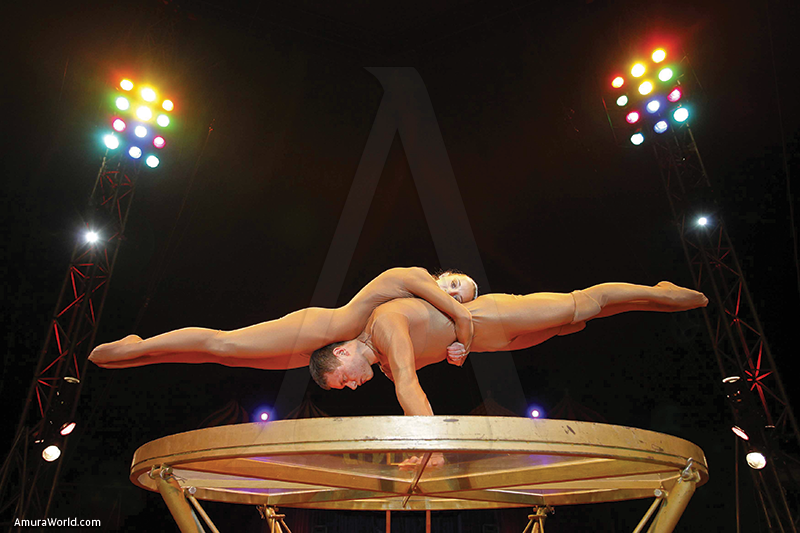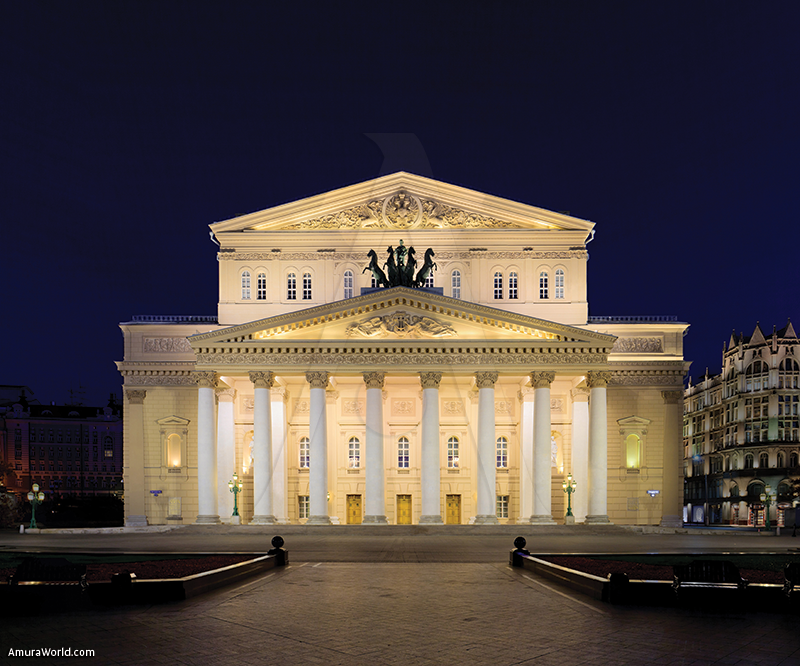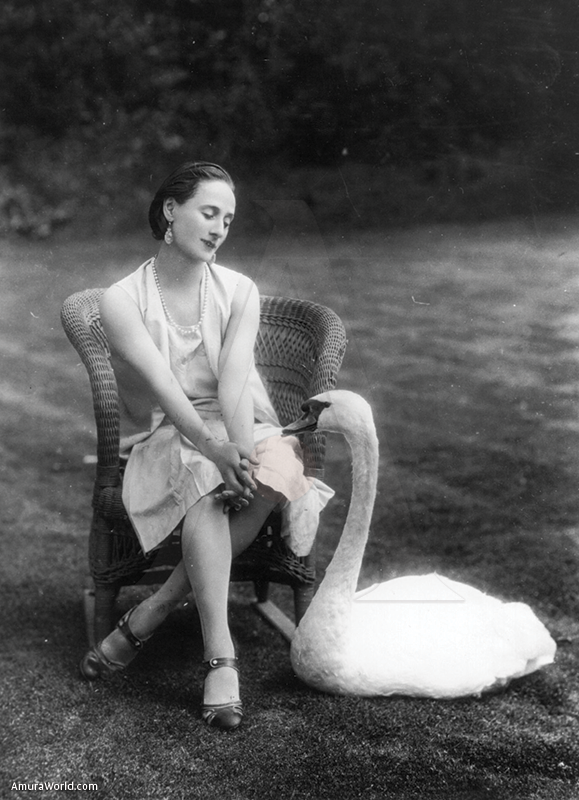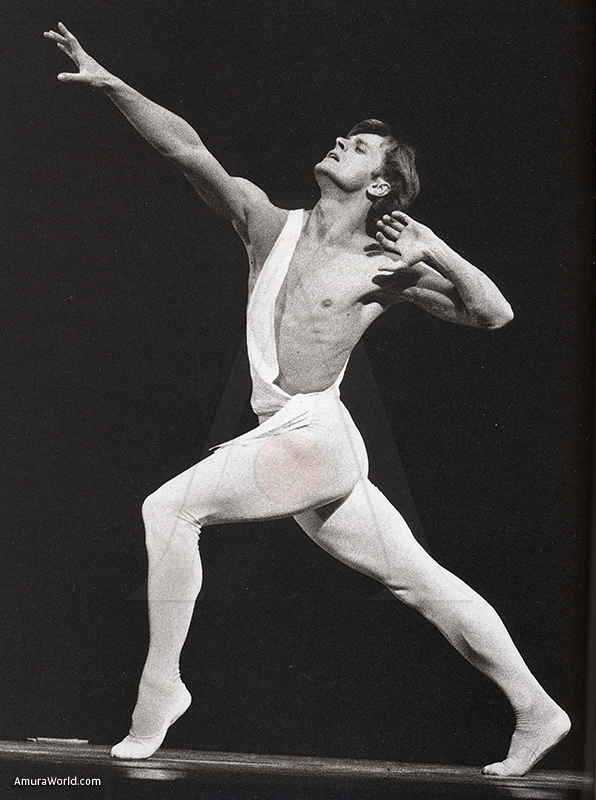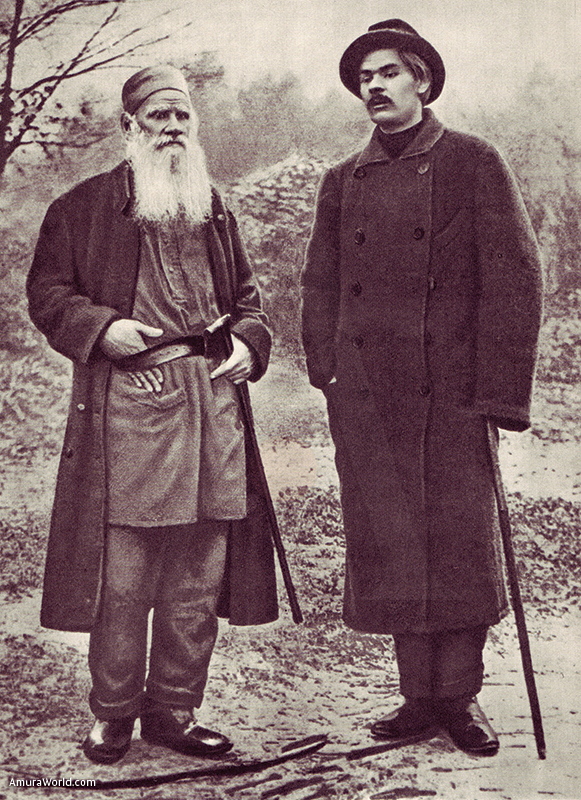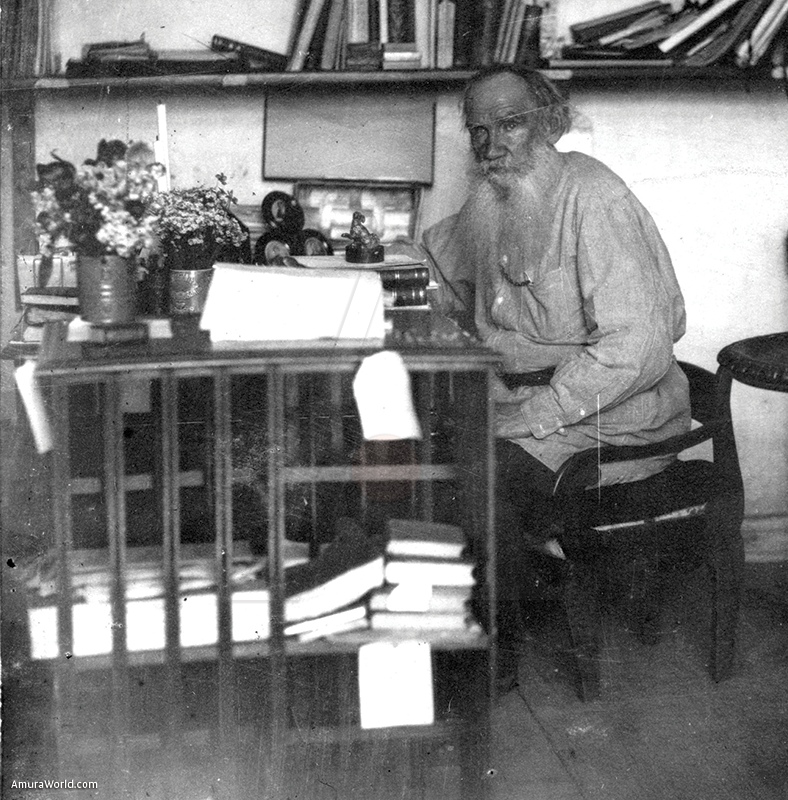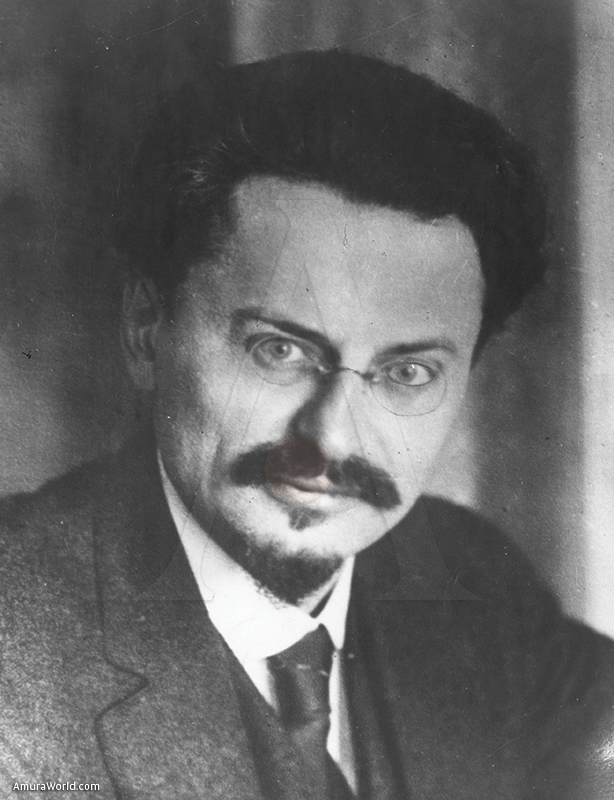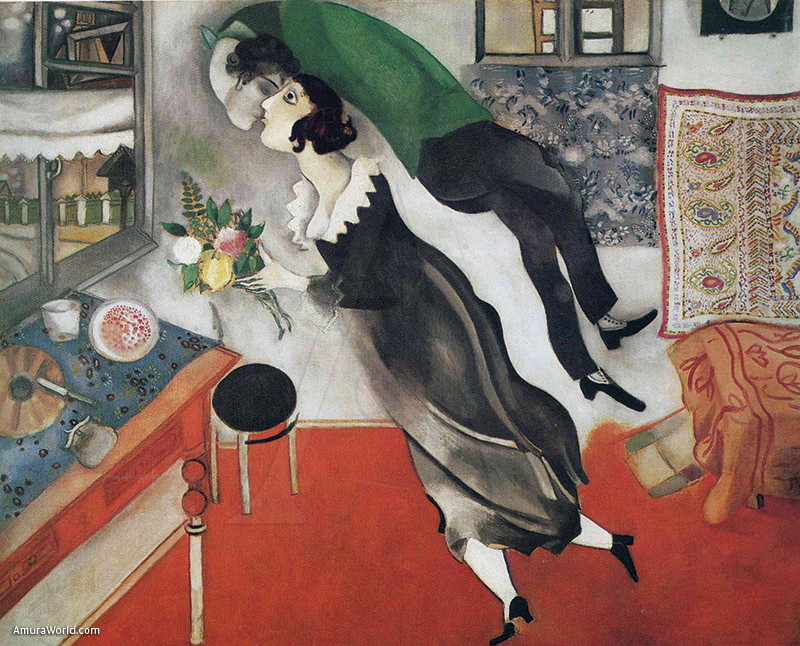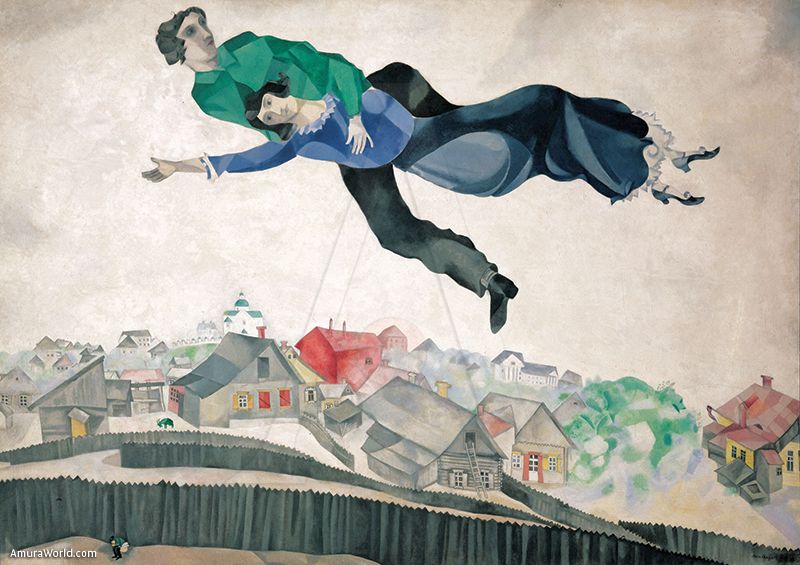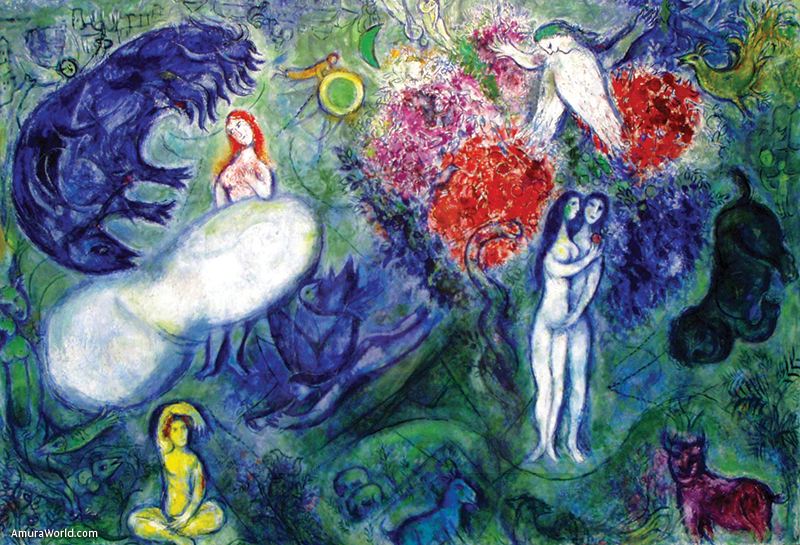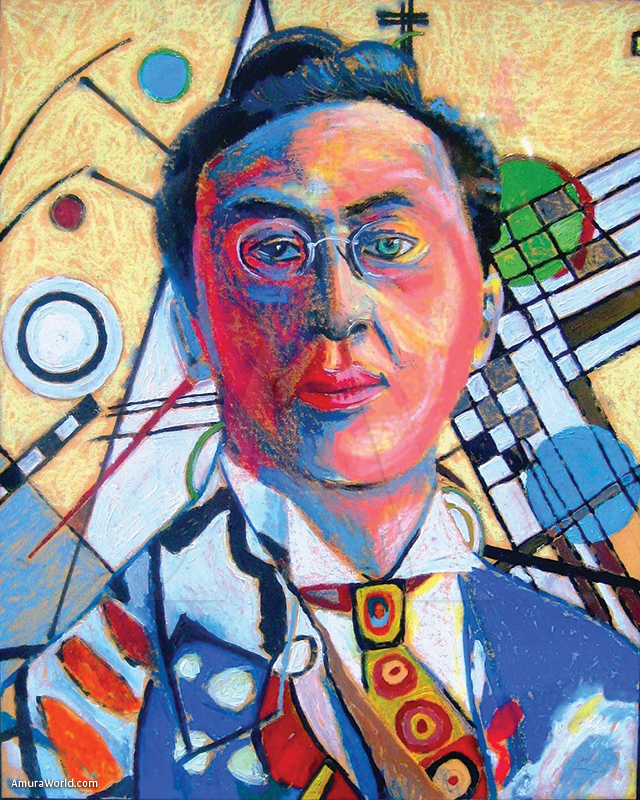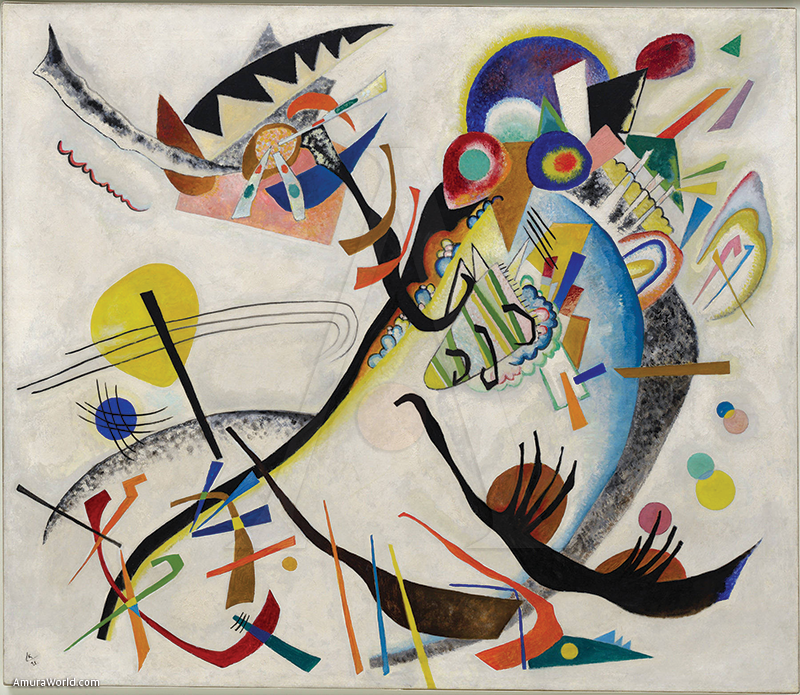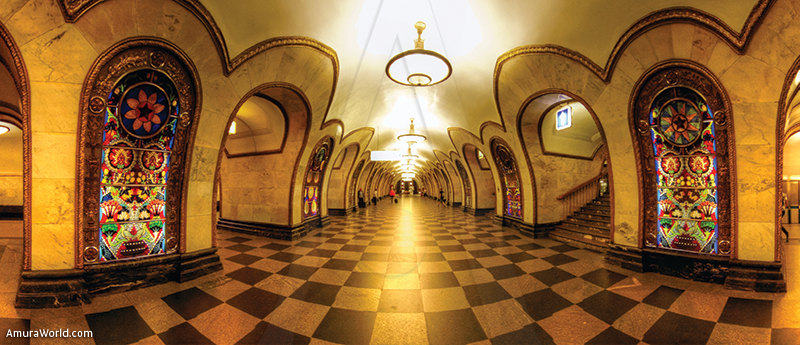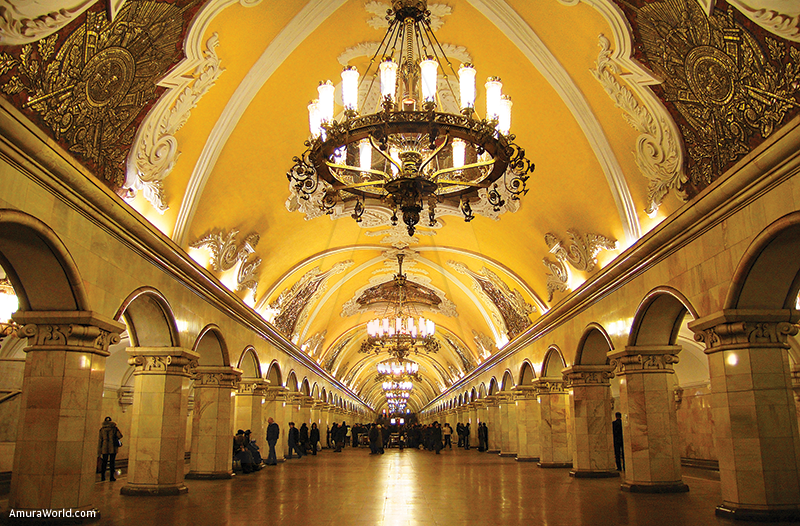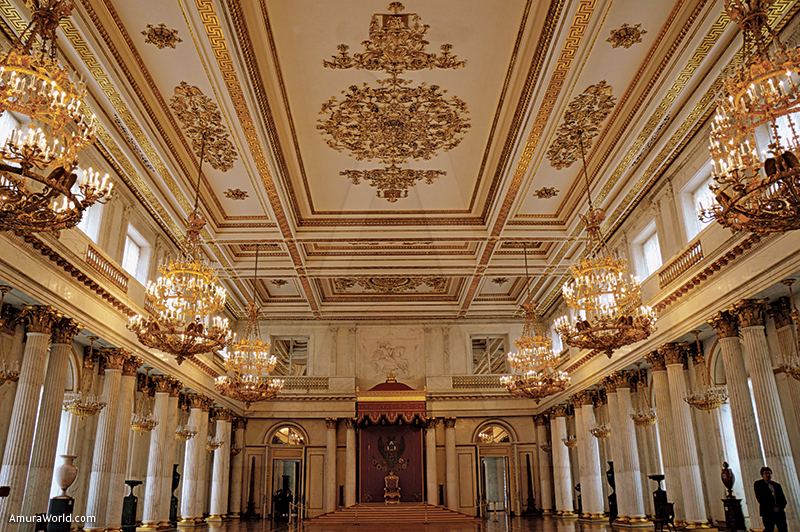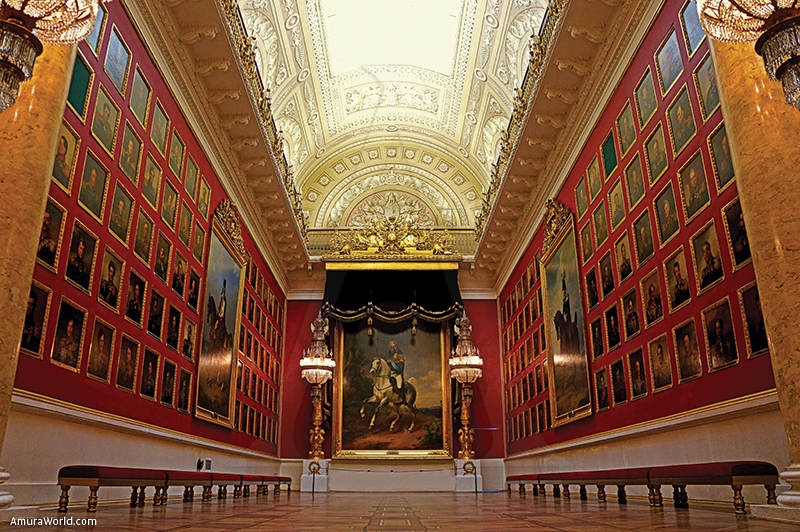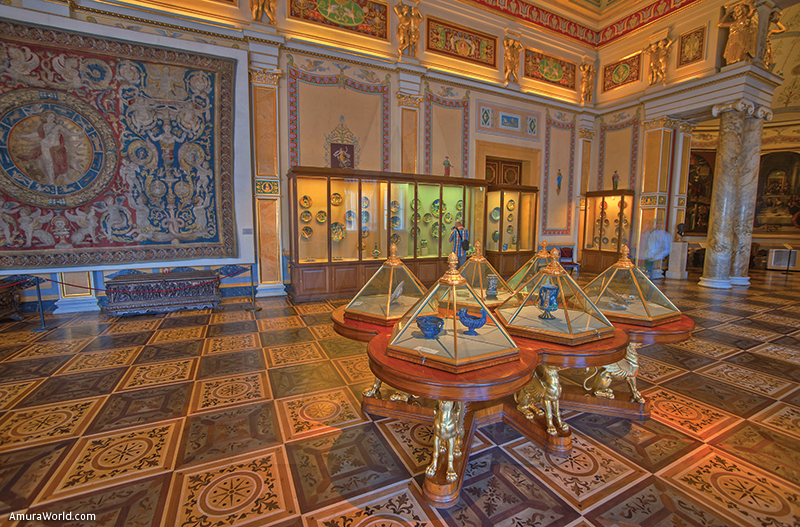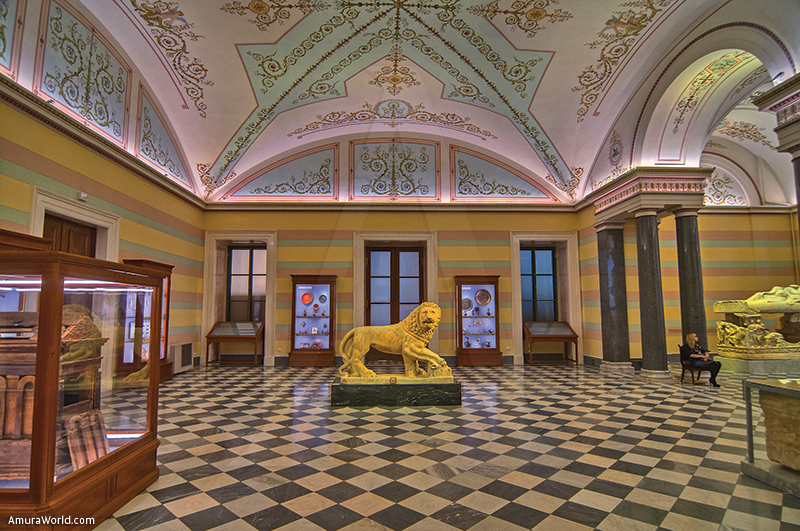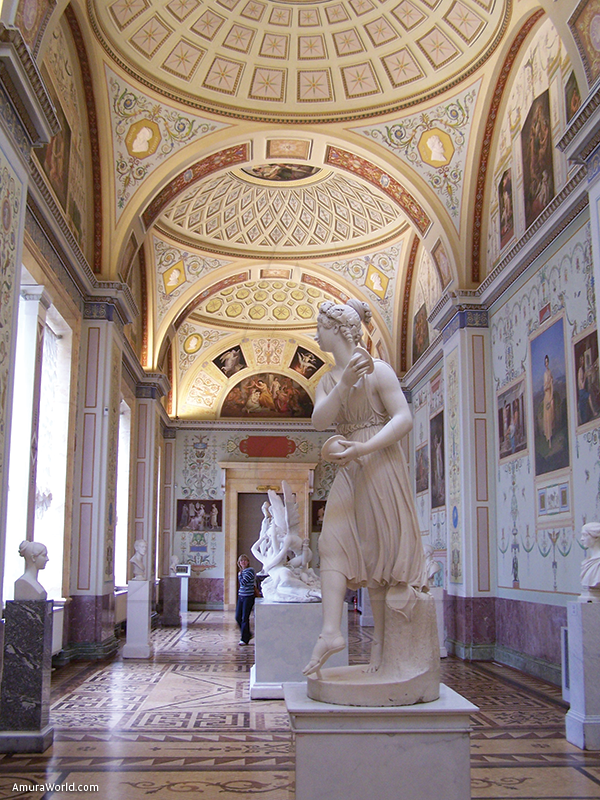Poetry of the language of a wise and creator town
Linguists and archaeologists agree that the period of the V to X centuries is the expansion of the Slavs and the existence of the protoslavic language. Linguistic reminiscences stored roots of provided voices of the German (Gothic) and the Iranian (Sarmatian). The sarmatae (or Scythians). Slavic derives from the protoslavic, has meanings like “God”, “Holy” and “paradise”. Human groups were established in small towns and cities built of wood and in temporary tents, scattered over the territory of the peninsula in which Ukraine and Poland are established, near the coast of the Atlantic Ocean between the Baltic Sea and the Black Sea and the mouths of the five rivers, rich in black caviar which attracted the ancient Greeks
These settlements often conflict faced each other. Until the year 862, in which a clan of Viking warriors, led by Novgorod with his brothers Zinues and Truvor imposed their control over the Slavic tribes. The clan was called Rus, hence the nation takes its name from Russia. The followers of Rurik are known as Varangians, which means “allies”, which has the sense of the visionary strength with the unity of the towns in the endless winter of his journey in history.
If we look carefully at root, the Viking ships mean the synchronicity of humans paddling through the seas of the planet. The sea to the Vikings organized crews is not an obstacle but a means of communication, such as tack for its sailors. The Kievan Rus, is Swedish voice rosti, which means rowing, facing Russian founding origin that essence of nautical travelers.Then Russia means “Land of Oars”.
Habitat and cosmogony
The Slavic-Viking foundational architecture changed until the relationship with Constantinople (990-1020), with the conversion of Prince Vladimir to Christianity took then the modern way, as described to the Hellenic culture. They gave up building temples of wood, imported architectural forms of Constantinople (Church of the Koimesis or Saint Sophia, both in Kiev). The emulation of Jaroslav (1019-1054) and his successors, with works such as Saint Sophia of Novgorov, San Demetrio or the icon of the Virgin of Vladimir kept alive this nexus between the Byzantine and the Slavic. It consists of an exhibition of mural paintings, easel, sculptures and architectures essential pass for travelers readers Amura, revealing works of various topics, techniques, expressions, and times.
Cultural accent wider and unifying in the cosmogony that surrounds the foundational theogony on the world, life and things, is Slavic-Greek. The main religious belief is the Christian-Orthodox (Greek Rite) and in size of less than faithful, followed by the Muslim-Islamic belief. All religious waned during the Socialism - Royal - Stalinist and was reactivated following the collapse of the Soviet bureaucracy, with the reforms of Mijail Gorbachov mid-eighties of the 20th century
Body expression
The social imaginary has made legends of mythical creatures that had to defeat to the nation since ancient times. Others recount the crossing of the Russian people and their cultural values, which currently take up choreographers, dancers, painters and visual artists.
In not few cases traditional legends began with the body expression, converted to dances and ballet after. This naturalization of the disciplined dance is reflected in the film “The Barber of Siberia” (1999), directed by Nikita Mikhalkov and starring by Julia Ormond, Oleg Menshikov, Richard Harris, about Russia of the eighties of the 19th century.
The dances are different but their elements to interpret them keep similarity that distinguishes them. Remember to the Bolshoi ballet, one of the oldest and major of history Moscow theatres? Born during the Russia of the monarchies in 1776, with Catarina II, illustrated woman who gave rise to the largest collections of plastic work which now houses the Museum of Edinburgh, in the Winter Palace of Saint Petersburg
In his reign she instructed Piotr Urusov organize the dancing and everything related to recreational-cultural entertainment. At the beginning, the Bolshoi Theatre was organized with troops of opera and drama that occurred with the same company, integrated by all who had skills regardless of social status; This speaks of how culture is organized and how appropriate it peoples.
The building of the Bolshoi Theatre opened its doors in 1856, the day of the coronation of the Czar Alejandro II. It is the Academy of the Bolshoi who are born stars of the ballet as Natalia Osipova and Polina Semionova. Essence of the beauty of the story and the harmony of the music by Tchaikovsky and Johann Strauss son. So we could include the ballet Moiseyev, folk dance of Russia, we recently enjoyed in Mérida, Yucatán, in the context of the Maya Culture Festival.
They have outstanding dancers such as Anna Pavlova (Petersburgo, 1882 - the Hague 1931), with deep cultural roots that succeeded in modern choreographies. Mijaíl Baryshnikov (27 January 1948 in Riga, now Latvia), their creative and interpretive cycle includes works, from classical ballet to the modern ballet, as well as use different styles to interpret works created by choreographers as diverse as the Russian George Balanchine and the American Twyla Tharp.
Of Universal Russian literature
Leo Tolstoy (Yasnaya Polyana, 1828-Astapovo, 1910). Published in 1869, “War and peace” is part of historical content that is contextualized in the Patriotic War, because Tolstoy had the conviction that the cultured life would be only of the nobility. The characters of the novel are given time to look at the emptiness of the modern future that awaits them. It takes the writer to propose another way to live and coexist in Russia. Aims to become a State of fraternity moral Christian - courtesan, by integrating the slaves to the culture and esthetics
He distributes his heritage among the servants and renounces his title of nobility to live in functional austerity, with essential utensils. His essay “What is art?” is essential for anyone who wants to enjoy the esthetic and unravel the laws of every work of art.
Maximo Gorki (Nizhny Nóvgorod, March 28, 1868 - Moscow 1936, her name is Alekséi Maksimovich Peskov), his work captured public extensive and addresses historical aspects with the psychology of characters of the working class and middle illustrated, with his ability to transform, his work recommended to the readers of Amura is “The Mother” (1907). Gorki idealized the October Revolution, which was the preferred reading of Vladimir Ilich Lenin, but reached its spread to the entire planet. Along with Tolstoy are expressions most representative of the era, between the Czarist monarchy and the Bolshevik revolution and socialism interrupted
Leon Trotsky (Yanovka, Ukraine, 1879-Coyoacan, Mexico, 1940), raised the cultural shift that was not implicit in the traditional revolutionary thought. How make another culture? Haunted by Jose Stalin, most countries refused to give him a visa. Lazaro Cardenas gave him asylum in Mexico. He is linked to surrealism and the Mexican muralist. In Coyoacan, Mexico City, greets André Breton, along with Diego Rivera and Frida Kahlo, they mark the “Manifest for an Independent Revolutionary Art”, which is a revolutionary esthetic line of the plastic creative art, theatre, literature: “The art as science, not only does not need orders but rather by its very essence does not tolerate them. The artistic creation obeys its own laws”. (Trotsky, 1938).
The relationship with the surrealists is poorly known; Breton and Benjamín Péret signed the Manifest for Independent Revolutionary Art, in Mexico, in 1938, but the group were Max Ernest, Leonora Carrington; Remedios Varo, among others. His home in Coyoacan, 9 Vienna, Mexico City, honors the right to political asylum and is a museum. His files are in Harvard University, USA. And his main work is “Literature and Revolution”.
Visual Arts of the avant-garde, the Russian contribution
Vlady (1920 Mexico Russia-2005), painter vagabond in search of ideas.
Deported from Siberia, with an exile in Brussels and Paris on September 4, 1941. Son of the writer Victor Serge, the painter received his visa in Mexico due to the general Lázaro Cárdenas, while serving 21 years (Adolfo Gilly, 2007). It is, thus, a Russian very Mexican, indispensable in times of search of new expressions universal, realistic and surrealist. The colors of tropical currents, the horizon of volcanoes fill your palette. Vlady was one of the greatest contemporary painters of Mexico. The work that consumes it is a mural that took ten years of work of more than two thousand square meters in library Lerdo de Tejada, that hosts the second most important newspaper library in the country
Marc Chagall (Vitebsk, 1887 - Saint-Paul-de-Vence, 1985), His intuition led him to Paris in 1910, his creative process matures in France. He returned to Russia excited about the revolution, he participated actively in the cultural transformation. He broke with the constructivists (Painters and sculptors inspired the Revolution), he returned to central Europe, is an esthetical rupture, Chagall didn´t give to the art another function as its sensitive content. He overcomes the essential to the superficial, he discovers beings where nobody sees them. Symbolist, between the reality of their children’s experiences in her peasant village, surreal and magical realist irreducible.
Europe with the constructivists
Wassily Kandinsky (Moscow, Russia, 1866 - Neuilly-sur-Seine, 1944). In the subjective construction, his creative intuition was developed up to thirty years. He had studied law and engaged in teaching. He resigned to go to train in plastic arts in Munich, where he was struck by Paul Klee (1879-1940). His work is located in the influences deel fauvism and German jugendstil, with the abstractionist painters Group The Blue Rider (1911-14), evolved into organic forms, the painting focuses on the color and the geometric movement that explores the nature. He worked in Russia with the constructivist movement
Antoine Pevsner (Orel, 1886 - Paris, 1962) Russian sculptor. Following studies at the Academy of Fine Arts in St. Petersburg, he traveled in 1911 to Paris, where he admired works of Delaunay, Gleizes, Metzinger and Léger. On a second visit to Paris, in 1913, he met Modigliani and Archipenko, who stimulated his interest in Cubism. During the war he remained in Oslo; He returned to Russia in 1917 and taught at the Academy of Fine Arts in Moscow. In 1920, Pevsner and Gabon his brother supported and published the Realistic Manifest: “We must take the art of the dead end that is twenty years”. In 1923, he visited Berlin, where he met Duchamp and Catherine Dreier. From his encounter with Duchamp, he abandoned painting and turned in the constructivist sculpture.
Vladimir Yevgráfovich Tatlin (Moscow, 1885-1956). Creator and esthetic promoter, enters the masses of workers and peasants during the first stage of the revolution. He considered necessary to measure esthetic tasks and the production of cultural goods. To Tatlin had to find the links between science, production and construction. The Art had to diselitist to lose its place reserved to autocracies and become mass process.
Museums
The underground Palace
The Moscow’s Subway, transportation inspired in life, is an organic architecture, says one of the creators. In the Decade of the 30s of the 20th century, when this system already existed in London, New York, Budapest, Vienna and Paris, discussing in Moscow about the nature of the work, its social meaning and its characteristic as a means of transport, on the basis of the creative imagination
More than 30 thousand human beings participated in its construction. It has 172 stations in 12 lines that run through almost 280 kilometers. In a day, 9 million of passengers move. It is the point of convergence of engineering, architecture and Visual Arts, is anti-atomic shelter in the event of a bombing.
Stations suggested are: Komsomolskaya (Комсомольская); Prospekt Mira (Проспект Мира); Novoslobodskaya (Новослободская); Belorusskaya (Белорусская); Krasnopresnenskaya (Краснопресненская); Kievskaya (Киевская); Ploshchad Revolyutsii (Площадь Революции); Teatralnaya (Театральная); Mayakovskaya (Маяковская). The design of this station was awarded at the Universal exhibition in 1938 in New York, and; Pushkinskaya (Пушкинская).
The Ermitage
The crossing of the Winter Palace
The building built in the heart of Petersburgo, between the waterfront of the river Neva and the Palace Square, was the winter residence for each head of Russia, from Pedro III. With Catherine the great began the valuable accumulation of its collection of visual art, and received a donation of 225 works.
Alexandra, wife of Nicolás I, advanced decoration and increased the collection. With the revolution of 1905 was further in terms of decoration. It became the place of encounters in the provisional Government of Kerensky in 1905. With the Soviet Union, the Government moved its headquarters to Moscow. Since that time, the Winter Palace has served as the Ermitage Museum. Its architecture makes it site of revelations: walls domes, the complexity of its interiors, its 30 rooms designed for display and their collections, two and a half million of cultural and artistic objects of the peoples of Europe and the Middle East from the earliest times until the 20th century makes it indispensable site of universal culture.
It is an indispensable Museum for the sensitive to the Visual Arts. Represents a collection of three million works not only of Russian creators of different historical epochs, but throughout Europe.
Text: Jesús Peraza Menéndez ± Photo: LULA SOUL/ GEYSCO/ JLS/ Damir Yusupov b./ RUSSIA VISIT/ WKP/ TQN/ WPS/ WKP

